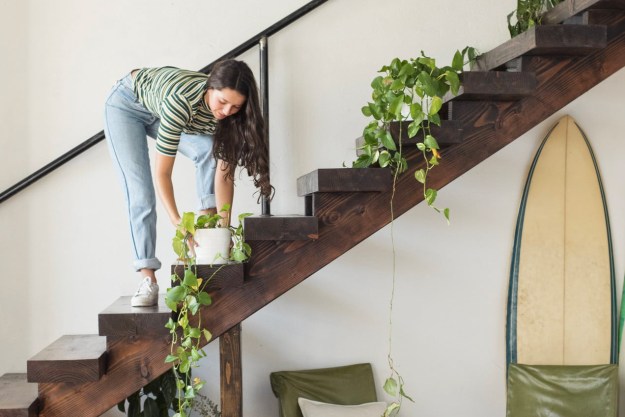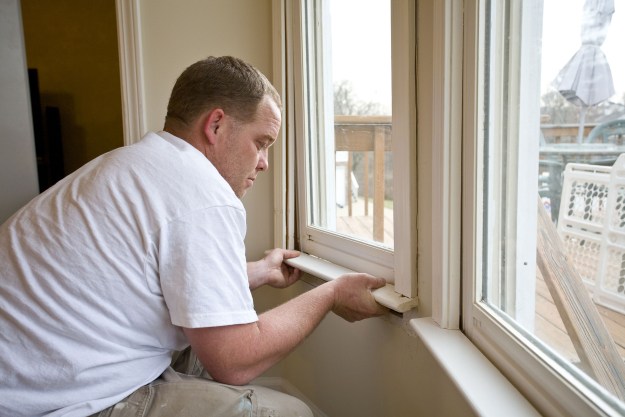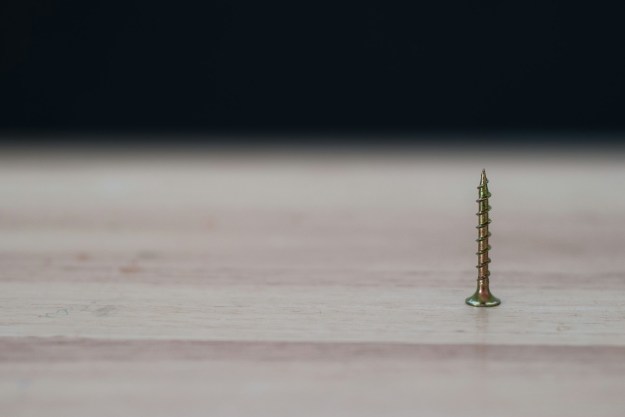
Plant light bulbs are designed to substitute natural sunlight by stimulating photosynthesis. They can provide the proper color spectrum that enables various plants to grow and flourish. The bulbs make it possible to grow tomatoes, cucumbers, or beans even in winter. Get your indoor garden going by buying one of these top-notch grow light bulbs for plants.
Growing plants with light bulbs isn’t as strange as it sounds. By using plant growing light bulbs or grow light bulbs for plants, indoor gardening is a breeze. Light bulbs for growing plants stimulate plant growth even without direct sunlight. Become an indoor gardener by grabbing one of these effective and dependable plant growing light bulbs or grow light bulbs for plants.
GE Lighting LED Grow Light Bulb
Best Energy Saver

Since plant light bulbs need to remain lit for long periods of time, an energy-saving option is ideal, such as the GE Lighting LED Grow Light Bulb. It’s engineered to use only 9 watts of energy and generate low heat. The bulb generates a high output of 16 micromoles per second and offers high-quality natural light to help grow a variety of plants indoors.
MIYA LED Grow Light Bulb
Best for Tropical Plants

If your indoor garden will be stocked with tropical plants, consider the MIYA LED Grow Light Bulb. The LED full spectrum grow plant light bulb is designed to provide a full wavelength of light that’s needed to grow tropical plants, succulent flowers, tobacco, vegetable seedlings, lemon trees, and other plants. Bright but not blinding, the bulb has a wide range of illumination that’s fully absorbed by plants.
JUEYINGBAILI LED Grow Lights
Best Flexible

Need a highly flexible plant light bulb? Then consider the JUEYINGBAILI LED Grow Lights. The LED grow lights offer three color modes and nine brightness settings to help supplement the lack of natural sunlight and promote growth of plants at all stages. Made of aviation aluminum heat-conductive material, the lights are designed to last more than 50,000 hours and provide a steady current without flickering, melting, or burning.
If you’re a big-time outdoor gardener, you can become a dedicated indoor gardener by using effective plant grow lights. Grab one of these top-of-the-line plant growing light bulbs or grow light bulbs for plants and get started.




